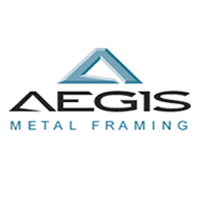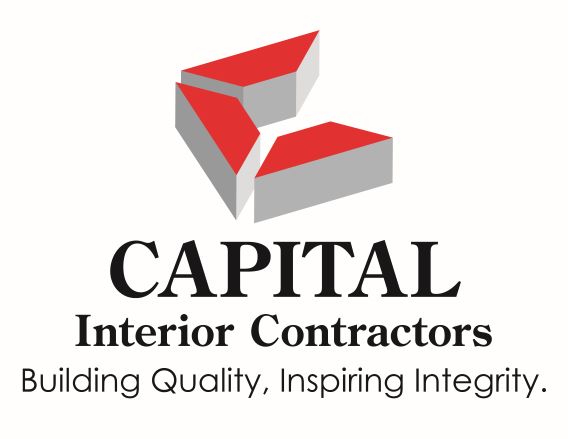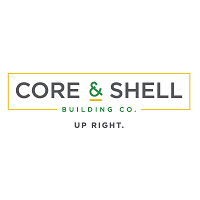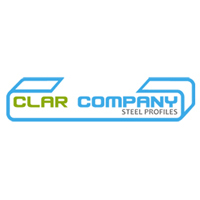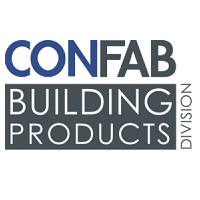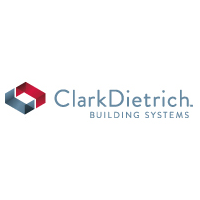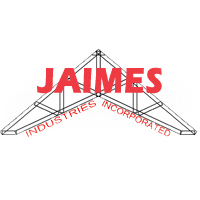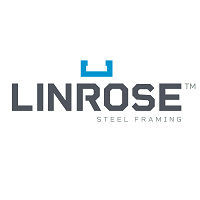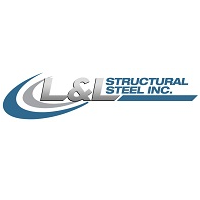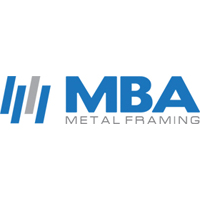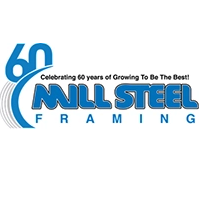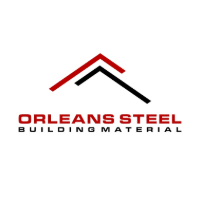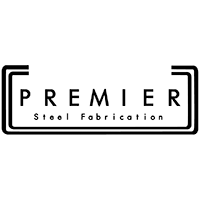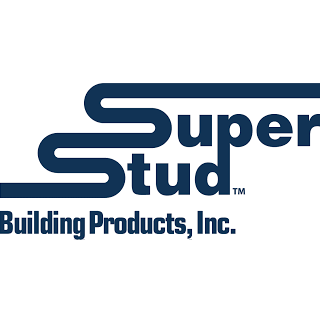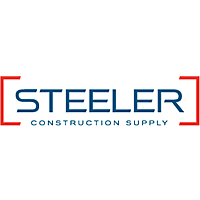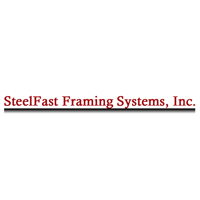|
Costs to Build with Cold-Formed Steel Versus a Wood-Framed Building SFIA has conducted studies of construction costs in two different locations using two identical buildings – one designed with wood and the other with CFS framing. The mixed-use, 49,900 square foot building used in the studies is representative of many residential buildings constructed in the mid-rise market today and includes:
The first location for the study was a building constructed in Chicago in late 2017. Results include hard construction costs only.
The second location was in Morristown, New Jersey and takes a deeper look at costs by including the impact of lower insurance premiums available for CFS construction compared to combustible framing (wood). The insurance costs from major insurers operating in New Jersey were converted to a cost per square foot and evaluated in terms of their impact on the overall building costs.
The Chicago case where we examined only hard construction costs shows a cost increase of 2.61% for CFS over wood. When the cost of insurance during the construction phase was included in the New Jersey building, the cost difference dropped to less than 1%. One could argue that a 0.92% difference is not a significant difference at all. Other decisions such as the choice of exterior or interior finishes could have a greater impact than the choice between these two framing materials. Further, there are some mitigating costs not included in this study that would likely lead to the CFS building dropping to a cost less than the wood building, especially over the long-term. These include the cost of insurance products such as property and general liability necessary during the operation of a building, as well as lower call back and maintenance costs. The CFS building could also have been constructed without the concrete podium (100% CFS for all stories) since it is a noncombustible material, further reducing the cost of the CFS option. Non-members can click here to send an email requesting a copy of the full report. SFIA members can obtain a copy by signing in to the Members-Only site here. |
|||||||||||||||||||||||||||||||||

